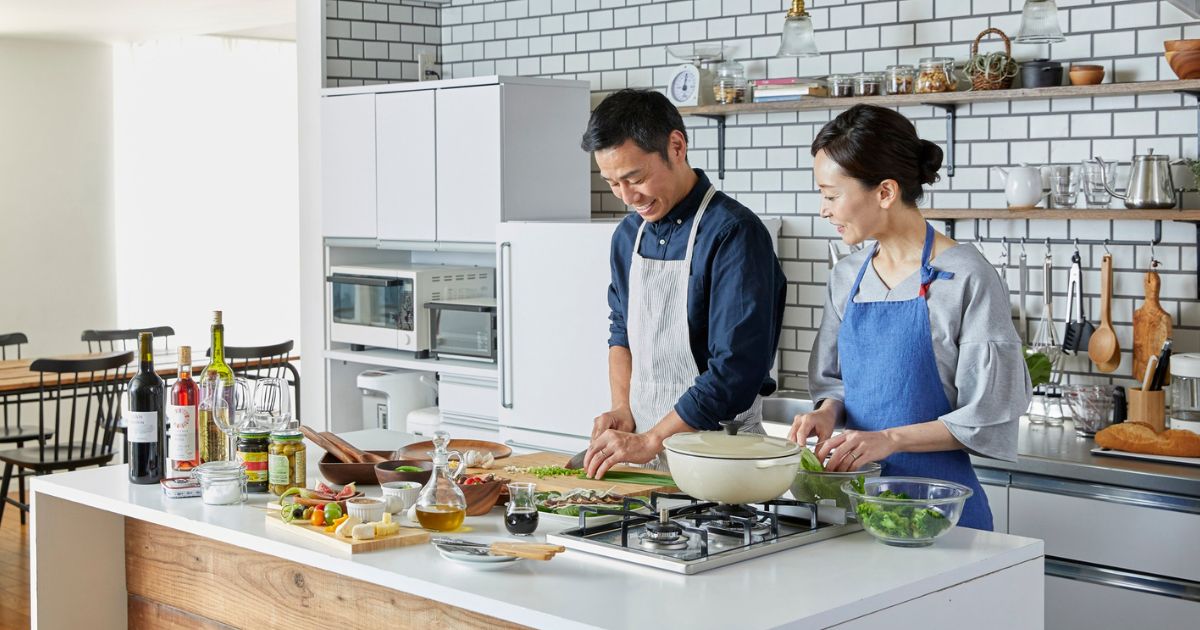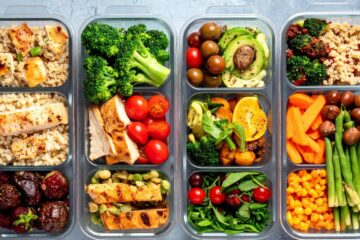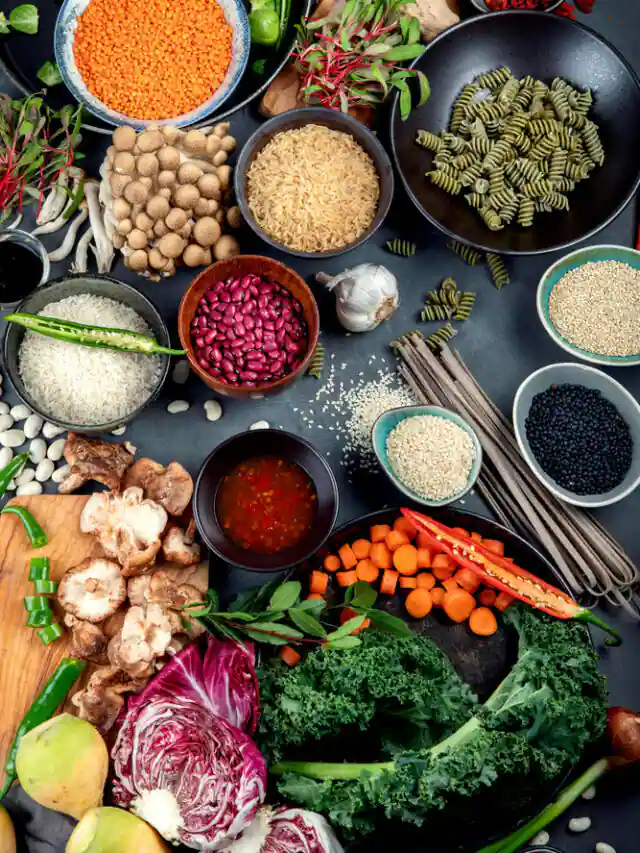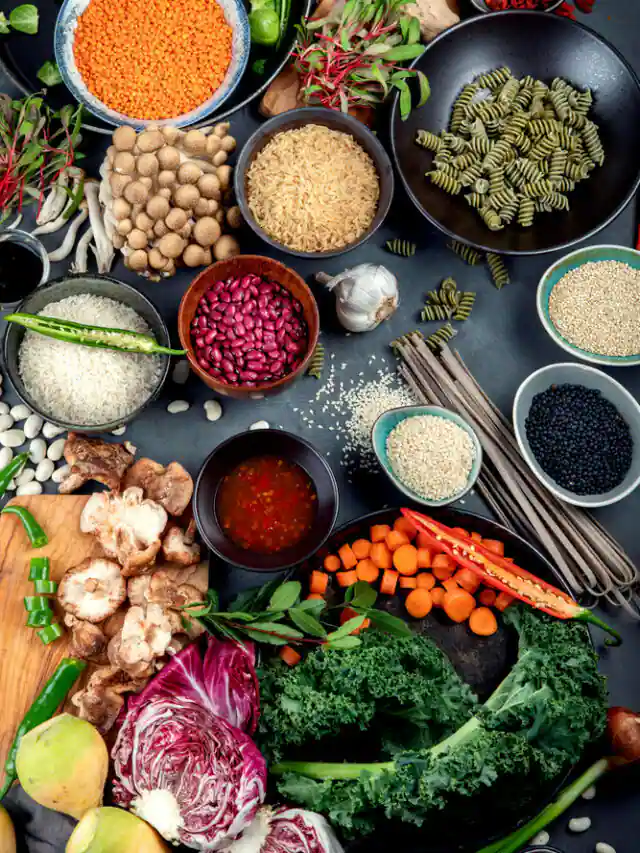Why Cooking Mistakes Matter More Than You Think
Cooking is more than a daily chore-it’s nourishment, creativity, self-care, and a form of love. Yet even the most experienced home cooks unknowingly repeat certain mistakes that compromise taste, nutrition, food safety, and even money.
As a nutritionist, homemaker, mother, chef, yoga trainer, lifestyle blogger, and a conscious consumer of kitchenware, I’ve seen one truth:
Small kitchen mistakes compound into big consequences-unhealthy meals, wasted ingredients, unnecessary stress, and higher monthly grocery bills.
This blog is your complete guide to identifying the Top 10 Cooking Mistakes most people make and how to fix them with simple, science-backed, practical solutions.
Each tip is explained in easy language and includes guidance from multiple angles-health, taste, time management, utensils, and smart budgeting.
Let’s get your kitchen working for you-not against you.
Top 10 Cooking Mistakes and How to Avoid Them
1. Not Prepping Ingredients Before Cooking (No Mise En Place)
Why This Is a Mistake
Jumping straight into cooking without preparation causes:
- Stress and confusion in the middle of cooking
- Overcooked or burnt food while you chop something last minute
- Forgotten ingredients
- More mess and more cleaning
In the culinary world, this preparation is called “mise en place”-everything in its place.
How to Avoid It
- Wash, chop, measure, and organize ingredients before turning on the stove.
- Use small bowls for spices and seasoning.
- Keep a kitchen towel, ladle, knife, and waste bowl handy.
- Make a habit of preparing 30 minutes earlier to reduce chaos.
Bonus Tip (Budget + Homemaker Insight)
Planning prevents impulsive ordering of food delivery when cooking gets overwhelming.
2. Using the Wrong Cooking Oil or Overheating It
Why This Is a Mistake
Every oil has a smoke point, and overheated oils:
- Lose nutrients
- Release harmful free radicals
- Affect digestion
- Alter taste
Common examples:
- Extra virgin olive oil should not be used for deep frying.
- Mustard oil must be heated properly before use.
How to Avoid It
Choose oils based on purpose:
- High-heat cooking: Groundnut oil, rice bran oil, avocado oil
- Medium-heat: Sesame oil, mustard oil
- Low-heat or raw use: Extra virgin olive oil, cold-pressed coconut oil
Bonus Tip (Doctor + Nutritionist Insight)
Rotate oils weekly to ensure a diverse fatty acid profile-good for heart and hormone balance.
3. Overcrowding the Pan
Why This Is a Mistake
When the pan is crowded:
- Food steams instead of browning
- Vegetables become soggy
- Meat becomes rubbery
- Cooking takes longer
- Flavors become bland
How to Avoid It
- Cook in batches, especially stir-fries and sautéed dishes.
- Use wider pans to spread ingredients evenly.
- Allow food to caramelize for rich flavor.
Bonus Tip (Material Quality Expert Insight)
Stainless steel, cast iron, and tri-ply utensils distribute heat evenly and reduce sticking during browning.
4. Adding All Spices at the Wrong Time
Why This Is a Mistake
Indians love spices, but:
- Adding them too early burns them.
- Adding them too late gives raw taste.
- Incorrect layering reduces aroma and medicinal benefits.
How to Avoid It
Use this spice-timing rule:
- Whole spices: Add first, when oil is hot.
- Powdered masalas: Add after onions/tomatoes turn soft.
- Garam masala / finishing spices: Add at the very end.
- Heat-sensitive herbs (coriander, basil): Add after turning off the flame.
Bonus Tip (Ayurvedic + Yoga Trainer Insight)
Lightly toasted spices improve digestion and reduce acidity.
5. Neglecting Proper Heat Control
Why This Is a Mistake
Not understanding heat levels leads to:
- Burnt onions
- Half-cooked vegetables
- Dry or tough meat
- Unnecessary fuel consumption
How to Avoid It
Master the three basic heat zones:
- High Heat: Boiling, searing, frying
- Medium Heat: Curries, dals, sautéing
- Low Heat: Slow cooking, tempering, simmering
Watch the flame, not the clock.
Bonus Tip (Kitchen Budget Insight)
Using low heat for simmering saves gas and preserves nutrients.
6. Using Low-Quality or Damaged Utensils
Why This Is a Mistake
Old, scratched, or unsafe cookware leaches harmful chemicals and spoils food.
Common issues:
- Scratched non-stick pans release toxins
- Low-grade aluminum reacts with acidic foods
- Cheap plastic utensils melt into hot dishes
How to Avoid It
Invest in:
- Cast iron
- Triply stainless steel
- Food-grade silicone utensils
- Borosilicate glass containers
Avoid cooking in:
- Cheap non-stick pans
- Low-quality plastic
- Uncoated aluminum
Bonus Tip (Expert Material Insight)
A good pan lasts 10+ years-a long-term money saver.
7. Using Cold Ingredients Directly from the Fridge
Why This Is a Mistake
Cold ingredients:
- Lower cooking temperature
- Prevent proper browning
- Make food cook unevenly
- Curdle milk or yogurt in gravy
How to Avoid It
- Bring ingredients to room temperature before cooking.
- For marinated foods, keep them out for 15–20 minutes before frying or grilling.
Bonus Tip (Nutrition + Health Insight)
Letting food rest improves nutrient availability and digestibility.
8. Not Tasting Your Food While Cooking
Why This Is a Mistake
Many cooks wait until the end to taste, leading to:
- Over-salting
- Bland food
- Unbalanced flavors
- Poor texture
How to Avoid It
Taste at 3 stages:
- After sautéing (check salt + spice base)
- Mid-way (balance acidity, sweetness, spice)
- Before serving (adjust seasoning)
Bonus Tip (Mindful Eating Insight)
Tasting while cooking increases awareness and reduces overeating during mealtime.
9. Not Allowing Food to Rest After Cooking
Why This Is a Mistake
Cutting or serving food immediately:
- Loses moisture
- Dilutes flavor
- Breaks texture integrity
Resting is crucial for:
- Biryani
- Dosa batter
- Grilled meat
- Rotis (covered rest gives softness)
- Cakes and bread
How to Avoid It
Follow this rest guide:
- Curries: 5–10 mins
- Rice/Biryani: 10–20 mins
- Cakes/Breads: 30–60 mins
- Meat: 5–10 mins
Bonus Tip (Chef + Mother Insight)
Resting helps flavors bloom naturally-use this trick to make simple food taste restaurant-quality.
10. Ignoring Nutrition Principles While Cooking
Why This Is a Mistake
Cooking mistakes often reduce the nutritional value of food:
- Overcooking vegetables destroys vitamins
- Excessive frying increases calories
- Using too much salt affects heart health
- Eating reheated oils increases inflammation
How to Avoid It
- Prefer steaming, sautéing, or quick stir-frying.
- Use minimal water when boiling vegetables.
- Keep salt to recommended levels (5 g/day).
- Avoid reheating oil more than once.
- Include protein and fiber in every meal.
Bonus Tip (Doctor + Yoga Trainer Insight)
Balanced meals stabilize energy, improve digestion, and support long-term health.
Conclusion: Cooking is an Art You Can Master-One Habit at a Time
Great cooking doesn’t require fancy tools or complicated recipes.
It requires awareness, preparation, and the right techniques.
By avoiding just these 10 common mistakes, you’ll notice immediate improvements in:
- Taste
- Health
- Time efficiency
- Kitchen confidence
- Monthly grocery savings
Remember-your kitchen is your wellness center.
Every small change you make today leads to healthier meals and happier moments with your family.
If you found this guide helpful, share it with someone who loves cooking or wants to improve their kitchen skills.










